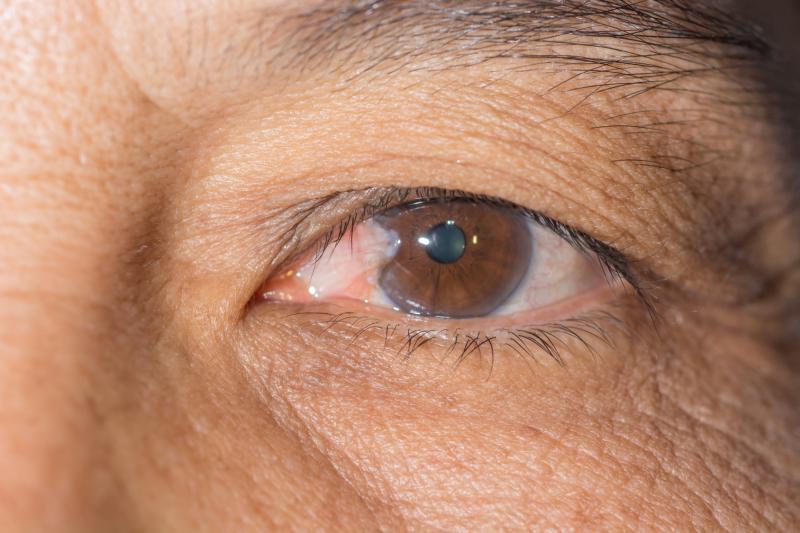
A picosecond alexandrite laser (PSAL) appears to be superior to Q-switched alexandrite laser (QSAL) for the treatment of nevus of Ota, as shown by its better clinical results and fewer adverse events, according to a study.
The investigators compared the efficacy and safety of PSAL with QSAL for the treatment of nevus of Ota in 56 participants. Each lesion of enrolled patients was split into two parts and randomized to either the PSAL or QSAL treatment arm. Treatment of each lesion lasted for up to six sessions in 12-week intervals. Blinded visual evaluation and self-report was used at each follow-up visit to examine efficacy and safety.
Lesions treated with PSAL, compared to QSAL, achieved a significantly better clearance (5-point scale: 4.53 vs 4.0) with fewer sessions (5.26 vs 5.87) and less severe pain (visual analogue scale: 5.61 vs 6.40). Patient satisfaction was also higher with PSAL than QSAL (Likert scale, 4.5 vs 4.0).
In addition, treatment with PSAL led to significantly lower occurrences of postinflammatory hyperpigmentation (26 percent vs 34 percent) and hypopigmentation (21 percent vs 47 percent) compared with QSAL.
These findings were consistent with those of a previous study, which showed that PSAL therapy achieved significantly better clinical outcomes and fewer side effects compared with QSAL in the treatment of acquired bilateral nevus of Ota-like macules. [J Am Acad Dermatol 2018;79:479-486]
The current study was limited by its lack of objective assessments and outcome measures, according to the authors.